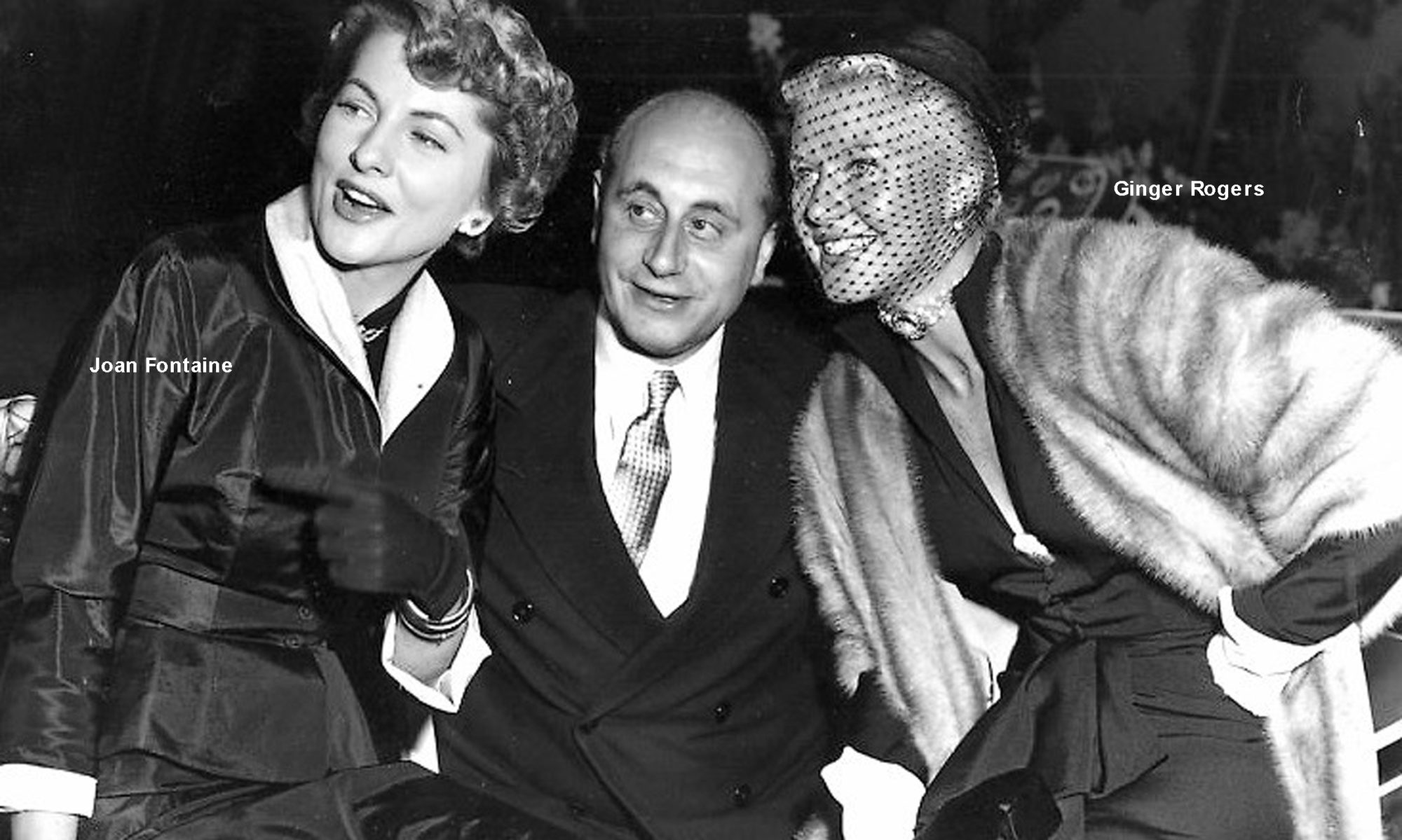
By the end of the 1920s, cinema entertainment had gained public approval, alongside live theatre. Maurice’s business was expanding and it proved a magnet for his growing sons.
Abe had been successfully managing the Metropole since 1922. Louis, five years his junior had, however, been working as an assistant chemist to his mother’s brother, Willie Smullen, in Richmond Street, Dublin, and attending Ireland’s National University. Graduating in pharmaceutical chemistry in 1924, he went to London, taking a position at the Piccadilly branch of Boots the Chemist.

Abe had been successfully managing the Metropole since 1922. Louis, five years his junior had, however, been working as an assistant chemist to his mother’s brother, Willie Smullen, in Richmond Street, Dublin, and attending Ireland’s National University. Graduating in pharmaceutical chemistry in 1924, he went to London, taking a position at the Piccadilly branch of Boots the Chemist.
The pull of the entertainment business, however, proved stronger than pharmaceuticals, and in London he moonlighted as Maurice’s representative, developing productive contacts with film offices and distributors. First National Pictures (later to merge with Warner Brothers) brought Louis back to Dublin and into the family business. An association of independent US theatre-owners set up n 1917 largely to rival Paramount, it had by 1924 expanded from distributing films to producing them. When First National moved into Ireland in the late 1920s, Louis returned to Dublin as its branch manager, and in 1931 he married Ettie Robinson.



First National Pictures film, 1925 
Willie Smullen, Ettie, Louis
In 1932, aged 29, he decided to open an independent distributing company, and Louis Elliman Ltd. was formed, with offices in Abbey Street. It handled films from the emerging British companies Associated British Film Distributors and British Lion, and America’s Republic Films Ltd., whose stable of stars included John Wayne, Gene Autry and Roy Rogers. Louis had great flair, and his company rapidly became the foremost independent film distributor in Ireland. It has he who introduced modern equipment and techniques into the developing family business, so paving the way for its meteoric climb.

Like his father, Louis staffed his business with family: his younger brothers Jack, 23 (RIGHT), and, when he left school, Bertie, joined the company as salesmen. Two years later, in 1934, Jack was hired by the London offices of Columbia Films, and moved to England. When war broke out in 1939, he joined the RAF and worked in air force intelligence. He married Georgina London after the war in 1946.
In 1930, Maurice had acquired his fourth cinema, the Corinthian, on Dublin’s Eden Quay, a property which included stores and offices as well as the picture house. It had opened under 1921 under James C. Nolan. In 1923, close to the end of Dublin’s civil war, two armed men had forced their way into its auditorium and deposited a bomb — which fortunately failed to explode when the fuse burned out a mere 2 inches from detonation. Through the 1920s, the Corinthian’s profits plummeted, and by the end of the decade it was trading at a loss. In 1930, Maurice acquired it at auction for £20,300. He remodelled its interior, installed a sound system to accommodate the recent ‘talkies’ and reopened it in 1932. Renovated again in 1939, a new balcony was added.

Corinthian (outlined in neon) 
O’Connell Street and Eden Quay
Maxie, aged 27, was made manger of the Corinthian, following his apprenticeship at the Theatre De Luxe and a stint as projectionist in the Metropole. He introduced a menu of action films, mostly Westerns, and the Corinthian became known as ‘the Ranch’ or ‘Hay Barn.’

Abe, Bennie, Maxie 
Maxie, Bennie
A man who loved action, Maxie also became deeply involved in the football league that the cinema and theatre industry set up in the 1930s. Teams were fielded by the different establishments — the Plaza, Corinthian, Rotunda, Capitol, Renters, Royal, Savoy and Drumview were some — which competed fiercely against one another. In summer, they formed cricket teams which played friendlies against established clubs, and there was also an active Theatre & Cinema Golfing Society. Most people in the industry enjoyed sport as either spectator or player, and competition for places on the teams — particularly the football teams — was keen, making the standard of play very high. After Maxie’s death in 1941, the Max Elliman Memorial Cup was created for each year’s winning football team.


Louis presents individual cups to members of the Theatre Royal’s winning team, 1960 
The Theatre Royal team, 1960
Bennie, in his early 20s, was still serving his time as a projectionist at the Theatre De Luxe, Maurice’s headquarters. Increasingly, however, he was taking administrative responsibility, becoming de facto assistant manager.

In 1934, the Queen’s Theatre in Pearse Street was added to the growing Elliman group. An old establishment, it had opened as the Adelphi Theatre on January 23, 1829, been demolished in 1844 and rebuilt. It reopened that same year, now named the Queen’s Royal Theatre, the new owner having been granted a Royal patent to operate it as a theatre, and soon became known as simply the Queen’s.

Maurice bought the 90-year-old building and made the Queen’s into a cine-variety theatre, exhibiting films together with pantomime and variety shows of Irish and overseas acts. It acquired a reputation under the Ellimans first for its predominantly Irish plays and later for its variety acts. It had its own resident orchestra under the baton of Alec Fryer (formerly of the Capitol), a resident chorus line known as the Queen’s Moonbeams, and back-screen film projection. One of its chief attractions was a troupe of comics, singers and musicians known as the Happy Gang. They were scripted by Ernie Murray, and ‘gang’ members included Danny Cummins, Cecil Nash, Jimmy Harvey, Gloria Green, Bill Brady, Mick Eustace, Paddy Tyrell and Frank Howard.

Click here to continue.
